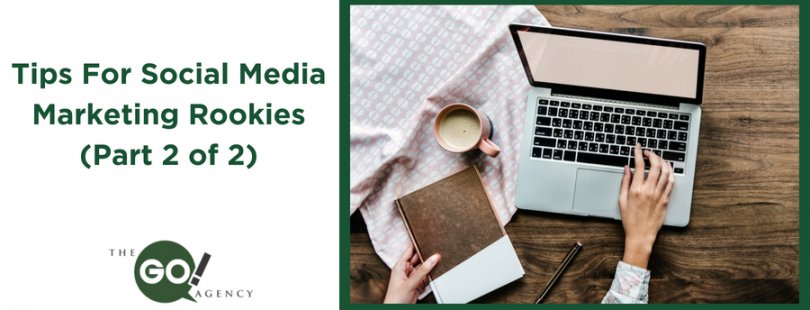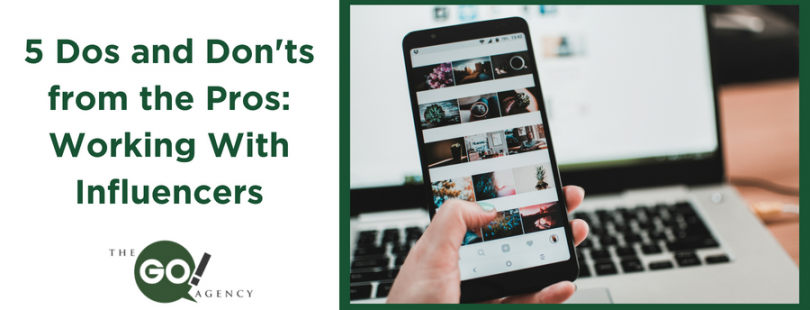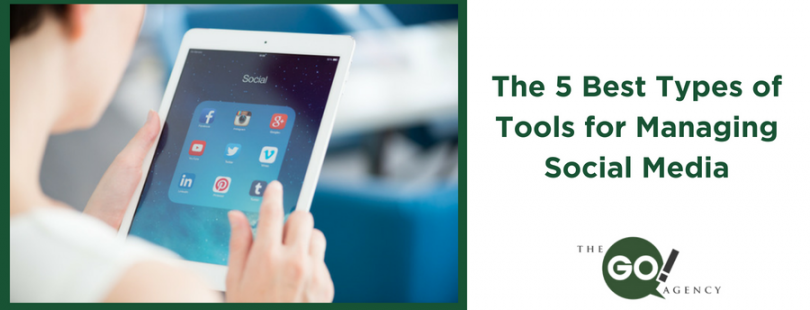Influencer marketing seems to be here to stay. Now that you’ve chosen and recruited an influencer for your social media marketing strategy, what should you do? How could you actually incorporate him or her into your campaign? We have a few ideas!
Email Marketing
Incorporate the influencer’s content into your email marketing. You could have your influencer write a review of your product. Another possibility is incorporating your
Event Marketing
Your influencer could literally draw his/her fans to a convention, trade show, or other event! You could offer to cover travel expenses (gas or airfare, hotel, etc) in exchange for a personal appearance. This has the potential to be especially synergistic if you each cross-promote the event!
Linking Back
This sounds basic, but you’d be surprised how many brands forget to ask influencers to include links in video descriptions, blog posts, or Instagram bios! If your influencer posts a video review of your new product, have him/her include the link to that product’s retail page on your website. Customers will be able to quickly move from interested to invested!
Product Launches
Whether in-person or online, product launches are another great opportunity for cross promotion! If you choose to create a live event, have the influencer cover it. Even influencers who are bloggers can write about the experience. If you’d rather do a virtual launch, ask if your influencers would be interested in doing a livestream. You could send the influencer the product in advance and have him/her unbox it at the moment of launch!
Content Production
Brand ambassadors are encouraged to create and share content for you, so why not influencers? Some brands have let influencers “take over” a social media account for a day, which is great for drumming up engagement. You could also cross-post the influencer’s content in your brand’s feed!
These are just a few options when it comes to influencer marketing. The possibilities are endless: every social media influencer brings something unique to your brand. Remember: an influencer is not your employee, but your collaborator. Get your influencer’s input–you might be pleasantly surprised!
A Note on Regulations
Before you dive into the possibilities of influencer marketing, you should learn about the regulations involved. Your influencer must disclose that he/she is being compensated for endorsing, reviewing, or otherwise using your product or brand. Even if you only gave the influencer samples of your product for a review, the influencer must disclose that fact.
The disclosure itself does not need to be in legalese to meet the FTC’s requirements. All influencers need is to convey in a written message that they have been compensated for this endorsement, review, or usage. If the influencer received products and/or money, he/she needs to clearly explain that fact. This disclosure must be included every time the influencer features a sponsored product. Having a blanket statement in a Twitter or Instagram bio is insufficient according to the FTC.
Here’s an example: Claire hosts a popular cooking channel on YouTube. Companies often send her cookware for free in exchange for her mentioning and using the piece in a video. On every video that features or mentions that brand’s cookware, she includes this line in the description: “[Cookware] was provided by [brand].” She also has a sponsorship deal with an organic produce company, so she explicitly states in the description of each video that includes one of their ingredients, “Colleen’s Greens is a sponsor of my channel. I was compensated for using these ingredients, along with receiving these ingredients at no charge: [list of vegetables].”
If you would like some guidance for your marketing strategy, the Go! Agency is here for you! From social media marketing to content creation to web design, we have the solutions your brand needs to succeed.
Click here to set up your FREE consultation!
Read More














